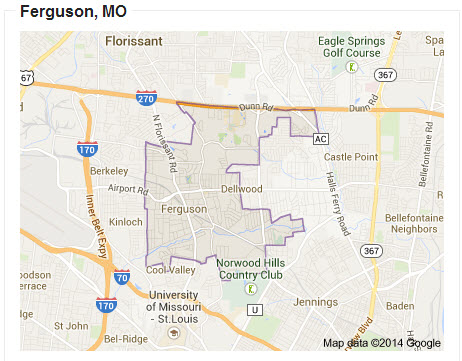Would you like to piss away some money? How about sending money to the March of Dimes, which recently sent me this letter that included a dime glued to the letter.
 The first thought in my mind is Robert Cialdini's Rule of Reciprocity, which appeared in his best selling book, Influence: The Psychology of Persuasion:
The first thought in my mind is Robert Cialdini's Rule of Reciprocity, which appeared in his best selling book, Influence: The Psychology of Persuasion:
Reciprocity – People tend to return a favor, thus the pervasiveness of free samples in marketing. In his conferences, he often uses the example of Ethiopia providing thousands of dollars in humanitarian aid to Mexico just after the 1985 earthquake, despite Ethiopia suffering from a crippling famine and civil war at the time. Ethiopia had been reciprocating for the diplomatic support Mexico provided when Italy invaded Ethiopia in 1935. The good cop/bad cop strategy is also based on this principle.
In his book, Cialdini points out that when someone hands us something, the feeling of indebtedness makes many of us feel compelled to reciprocate, and the reciprocation is often out of proportion to the initial gift. In the case of the March of Dimes, people get only dimes but they will often respond by writing checks for $25 or $50.
But should you contribute to the March of Dimes?
Consider this, also from Wikipedia:
In his book Essentials of Sociology: A Down-to-Earth Approach, sociologist Professor James M. Henslin describes March of Dimes as a bureaucracy that has taken on a life of its own through a classic example of a process called goal displacement. Faced with redundancy after Jonas Salk discovered the polio vaccine, it adopted a new mission, "fighting birth defects", which was recently changed to a vaguer goal of "breakthrough for babies", rather than disbanding.
Charity Navigator, an organization that attempts to quantify the effectiveness of charities, has given the organization a rating of two stars (out of four). This is a merged score that attributes both a Financial as well as Accountability & Transparency rating to a non-profit. As of Fiscal Year 2012, Charity Navigator gives a 34.68 out of 70 score for Financial and a 67 out of 70 for Accountability & Transparency. This gives the March of Dimes a merged score of 44.93, leading to their two star status.
Another criticism has been that President Jennifer Howse's compensation is high. In 2011 the March of Dimes 990 reported it was $545,982.[citation needed] In 2012 her compensation was reduced to $526,679.
Related topic: Charities that play the game of giving you something so that you give THEM something. Example:
Girl Scout Cookies.


